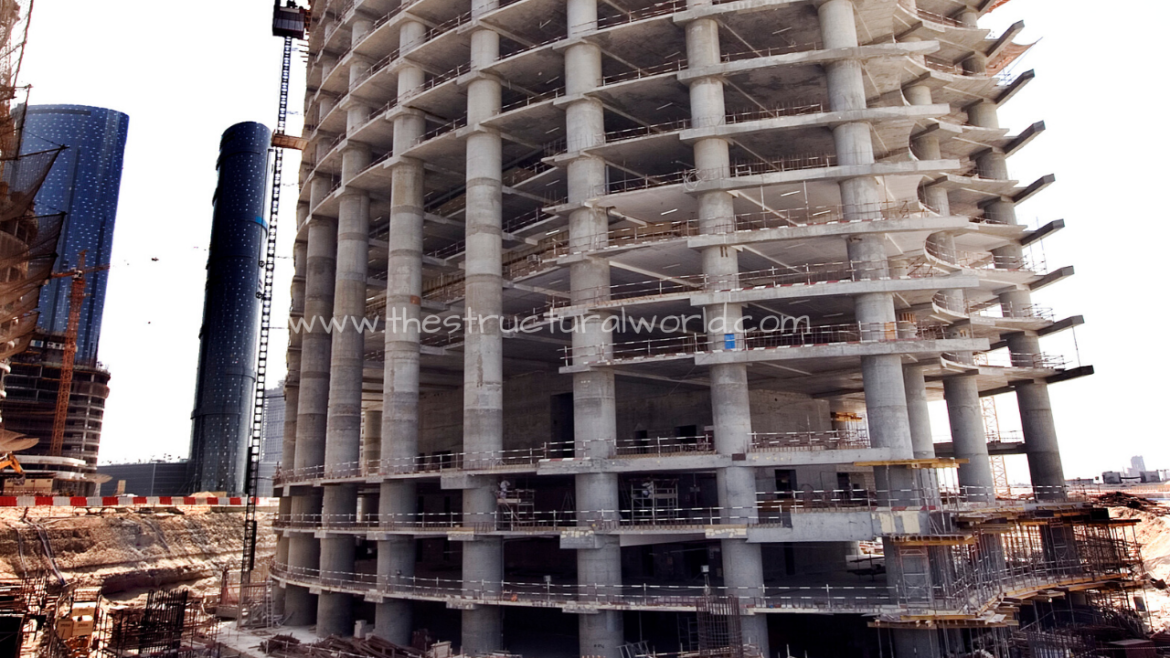
The design of slab elements in a structure is one of the major structural design tasks to be carried out during the structural design of building structures. A slab has a major role in the stability of the building, this should be designed properly to ensure the safety and soundly of the building.
There are lots of structural engineering software capable of designing a slab. Perhaps the most popular among those is using a SAFE program by Computers and Structures.
This article will tackle the design considerations in terms of parameter review and checks that need to consider by the designer before the analysis and design of a slab. This is written to serves as guidelines for engineers that use this software.
1. Design Loadings Check
Aside from manual modeling of a slab, another method of modeling the slab is through model imports from ETABS analyzed model. Through this technique, the SAFE model will automatically import from ETABS all the beam and surface loadings except the point loads. The common mistake of the designer at the start is not counterchecking or reviewing if the design loads have been imported. A glance of the inputted loads to SAFE using Display>Show Load command is recommended especially for those point loads that need to be considered. This comprised of the point reactions from planted or floating columns that are usually not included in the imports so this should be inputted manually.
Figure 1: Display>Show Load Command
2. Definition of Design Strips
The designer should also be considering to draw or define design strips in X and Y directions. Neglecting to do this exercise tends the software to provide analysis results only and that steel reinforcements results will not be reflected. The design strips feature of SAFE helps the designer to calculate the number of rebars needed in the slab in addition to basic mesh once the slab has been analyzed. A 1.0-meter strip both in X and Y direction is recommended to provide for an easier interpretation of the number of rebars after the analysis and design.

Figure 2: Design Strips at X and Y Directions
3. Add Load Cases and Combinations for Long Term Deflection
Although load cases and load combinations will be added in the SAFE model after the import from ETABS, the load cases and combinations for the slab’s long term deflection consideration should also be considered adding. This is to check the slab for the long term effect of deflection once analyzed. In SAFE, the following principle may apply to the modeling; LONG TERM DEFLECTION– is the sum of immediate deflection for 75% Live load, (DL+SDL+LL) – (DL+SDL+0.25LL) and Long-Term Deflection for DL+SDL+25% Sustained Live Load. For a detailed procedure in checking the long term deflection using SAFE, refer to the below video for reference.
4. Review Design Preferences
Before running the model, the designer should review the design preferences through Design>Design Preferences and adjust the design parameter inputs accordingly.

Figure 3: Design Preferences
5. Run Analysis and Design
Before hitting the run analysis and design button, see to it that the cracking analysis is also reviewed. Some designers tend to use a default option in cracking analysis, but if you want to consider the effect of provided steel reinforcement, you can define the cracking analysis as per the specified code use in your area or specifically through ACI, BS or Euro Code.
The above review and checks considerations in the SAFE model should be exercised by the designer prior to design and analysis. How about the design considerations needed once the model has been analyzed? Watch out for our next article, Post Checks analysis in Csi SAFE to be published soon.
What do you think about this article? Any considerations that we missed? We love to hear from you! Leave a message in a comment section below. You can also follow, like and subscribe to our social media pages below to be updated with the latest posts.
![]()

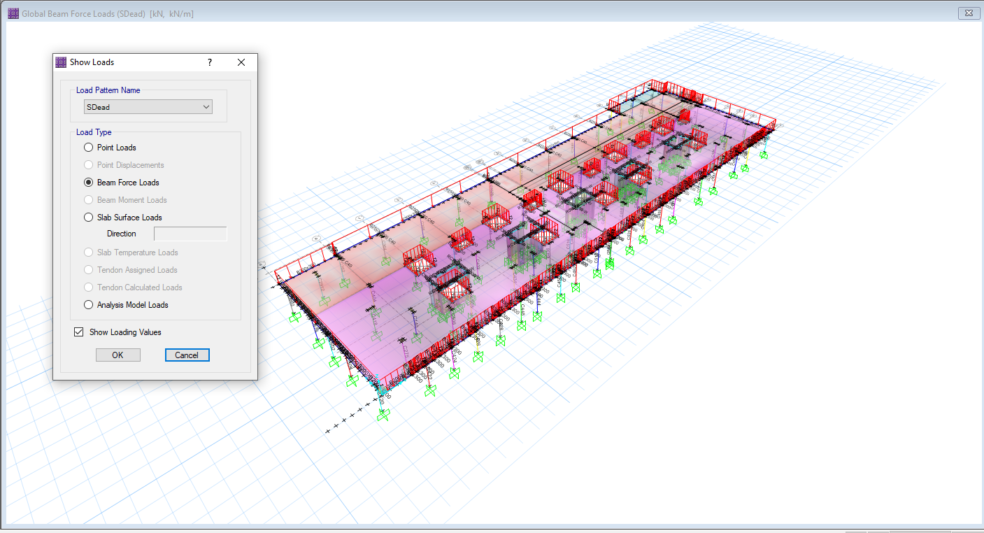

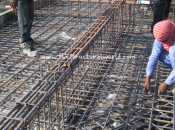

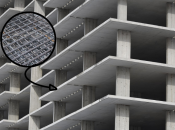

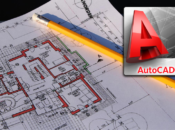
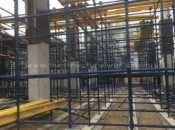
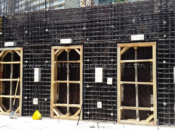
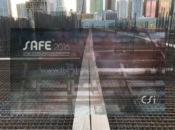

Pingback: 3 Post Checks Analysis and Design Consideration in Slab using Csi SAFE | | The Structural World